UpCycled Chair.
Elevating waste collateral and experiences through design.
Client: Bloomberg L.P.
Industry: Financial Services
Services: Product & Service Design, Experiential and Visual Design, Sourcing and Manufacturing
Design Brief.
When Bloomberg—one of the largest and most successful financial services companies in the world—embarked on a rebrand, their design team tapped FutureTogether to evolve their old stationery and collateral into a sustainability experience.
Outcome.
We transformed thousands of business cards, envelopes, letterheads, and printed materials into a sustainable, branded culture asset—upcycled contract-grade ancillary seating that now lives in Bloomberg offices worldwide.
Social Impact.
The Upcycled Chair showcases how design and ingenuity can contribute to a socially minded corporate culture and workplace. Beyond the object itself, Bloomberg sought to engage and challenge its workforce to think creatively and experience the beauty of sustainability in action. Each chair has a discrete tag reminding users where the materials came from and the entire process was documented and broadcast on internal networks.
Environmental Impact.
Tons of paper waste found a new lease on life in the form of beautiful and durable ancillary seating. Molded from waste paper, bee’s wax and recycled steel, the Upcycled Chair is sturdy enough to survive office use and elegant enough to contribute to Bloomberg’s dynamic environment. The design is a clear and compelling representation of corporate responsibility and creative ingenuity.
Beyond The Chair.
We explored a variety of useful, everyday office designs that could communicate material origin and purpose. The function of the chair, beyond providing seating for informal meetings, was to be the catalyst for a teachable moment for those working at Bloomberg offices worldwide—so we ensured the manufacturing process was documented and broadcast in Bloomberg offices throughout their networked environments, too. The Upcycled Chair was as much a product as it was a shared experience.
Detailed Process & Requirements.
Aesthetically, the chair needed to align with Bloomberg’s refreshed brand. Functionally, the chair needed to be resilient enough for office use and fit the manufacturing constraints set by vendors. After several iterations and prototypes, we delivered a chair with a paper seat and stainless-steel frame that was visually sophisticated, practical, and comfortable. The chair was designed to stack, be serviced, and recycled at the end of its life.
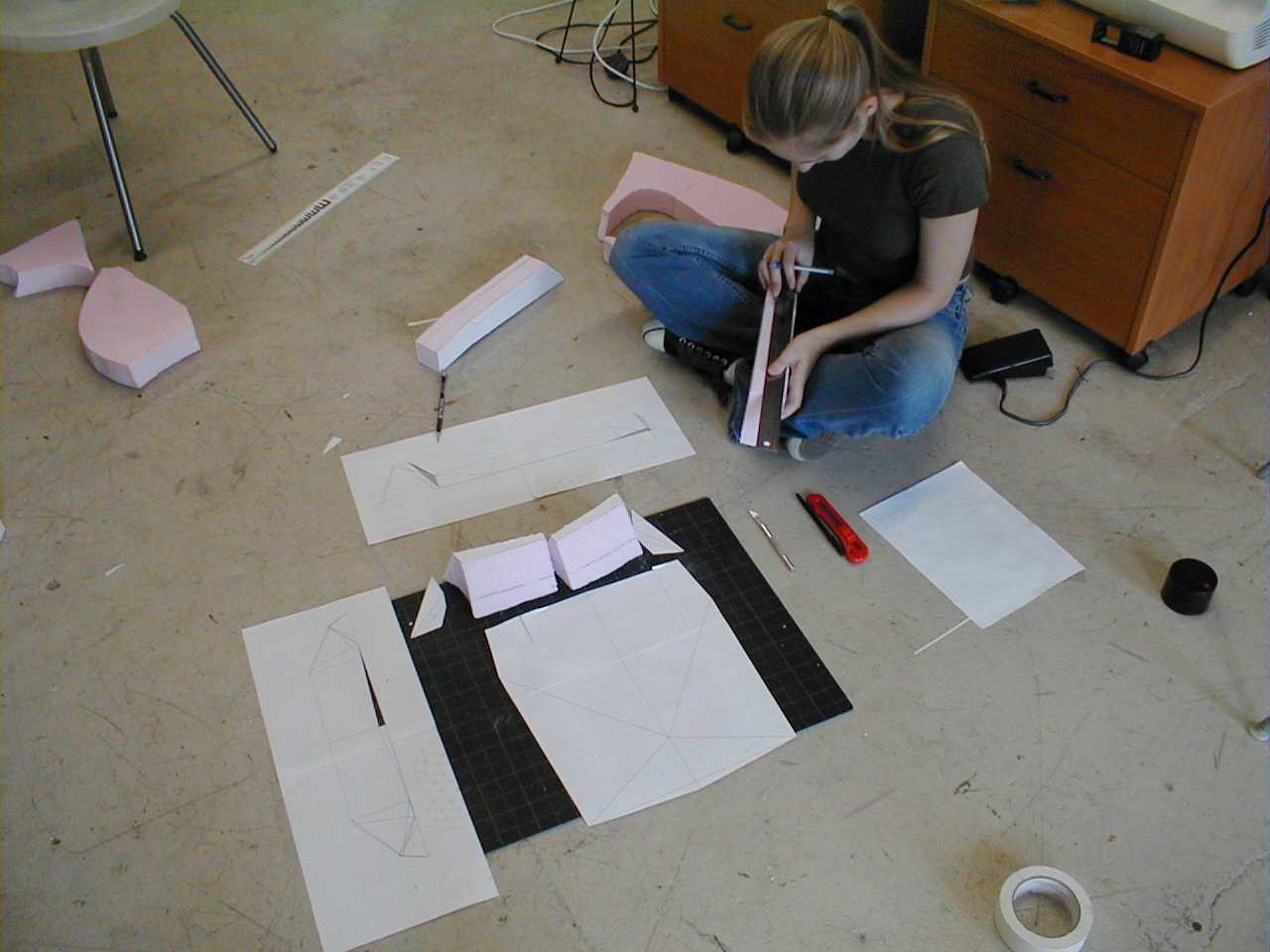


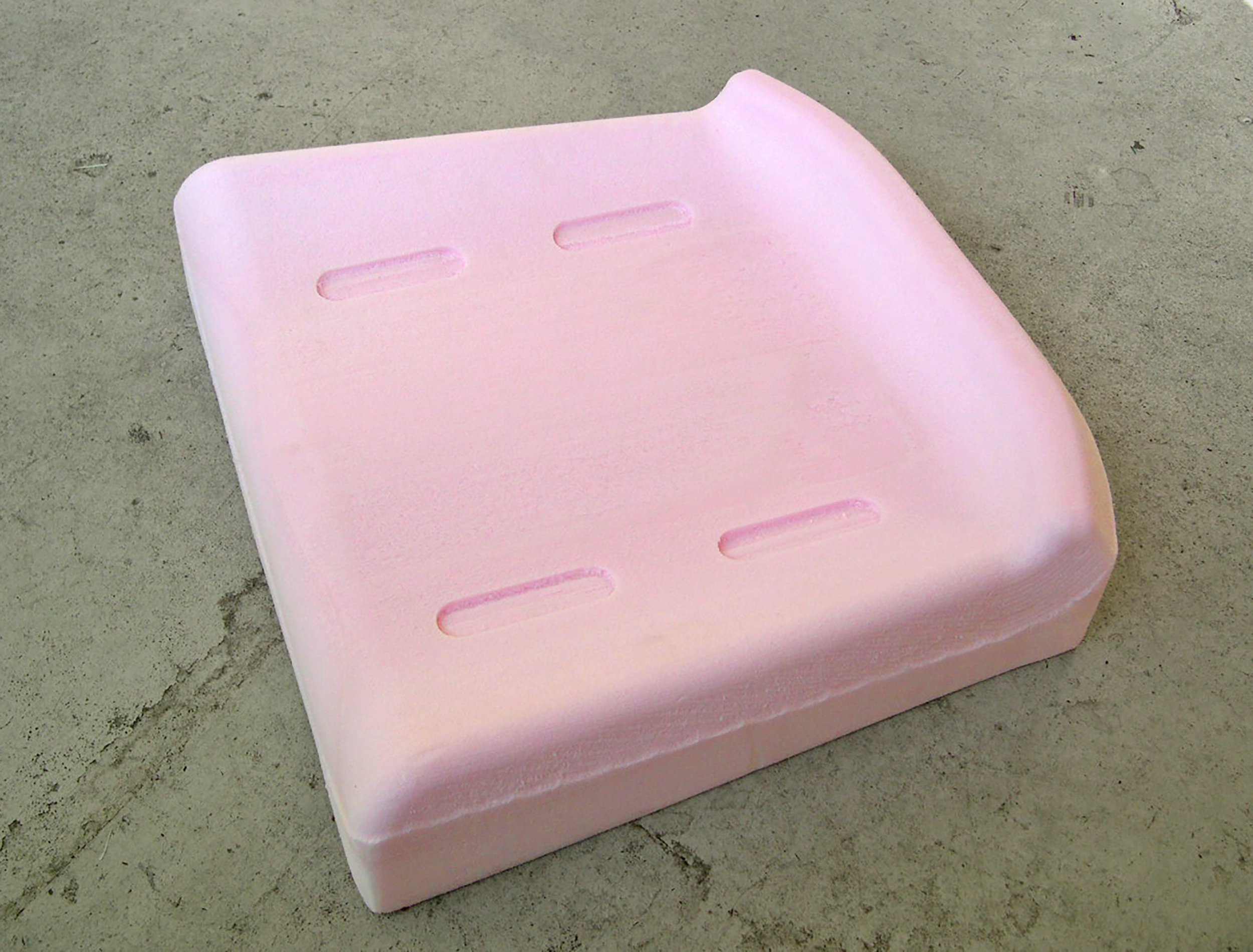
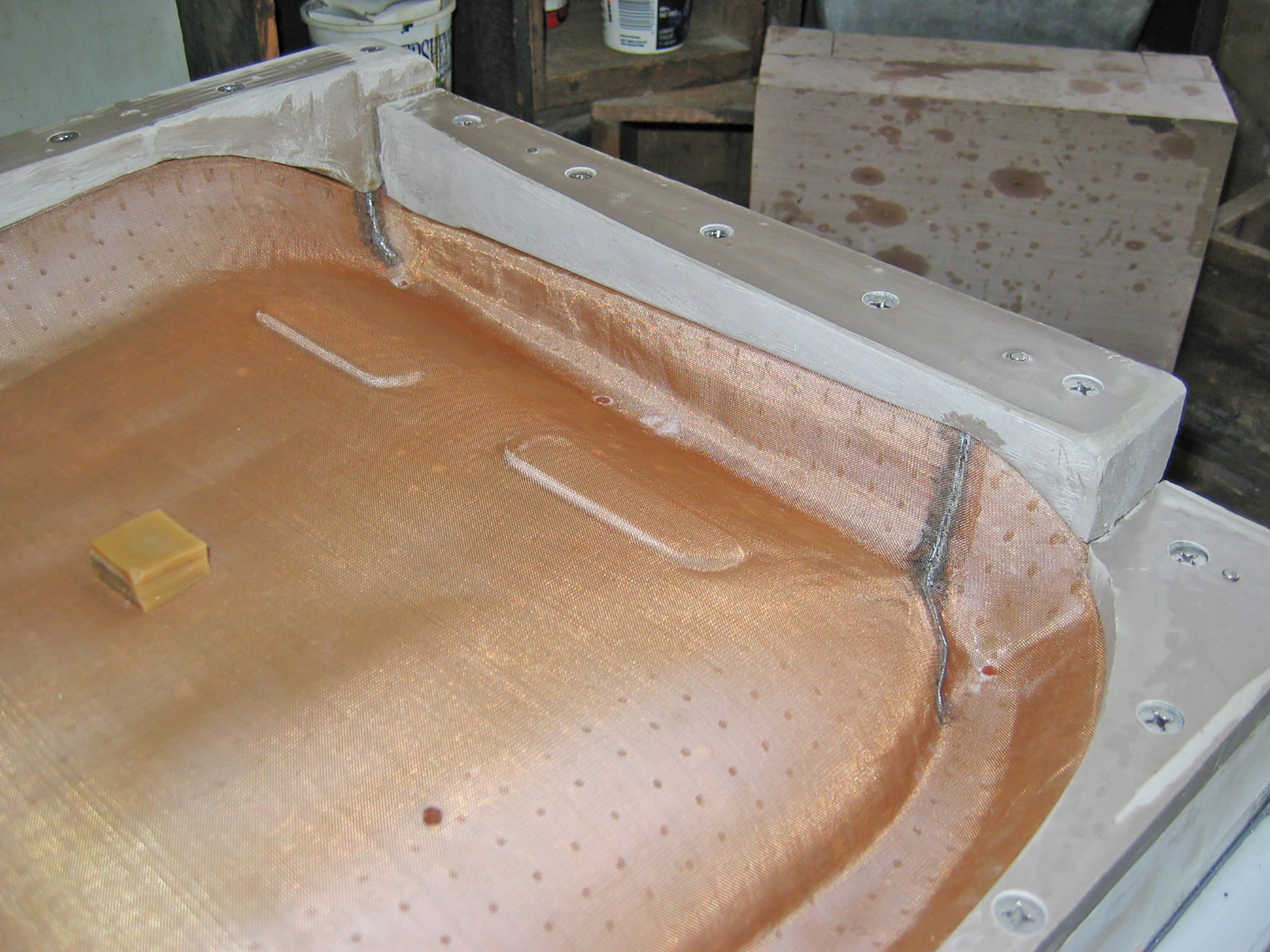
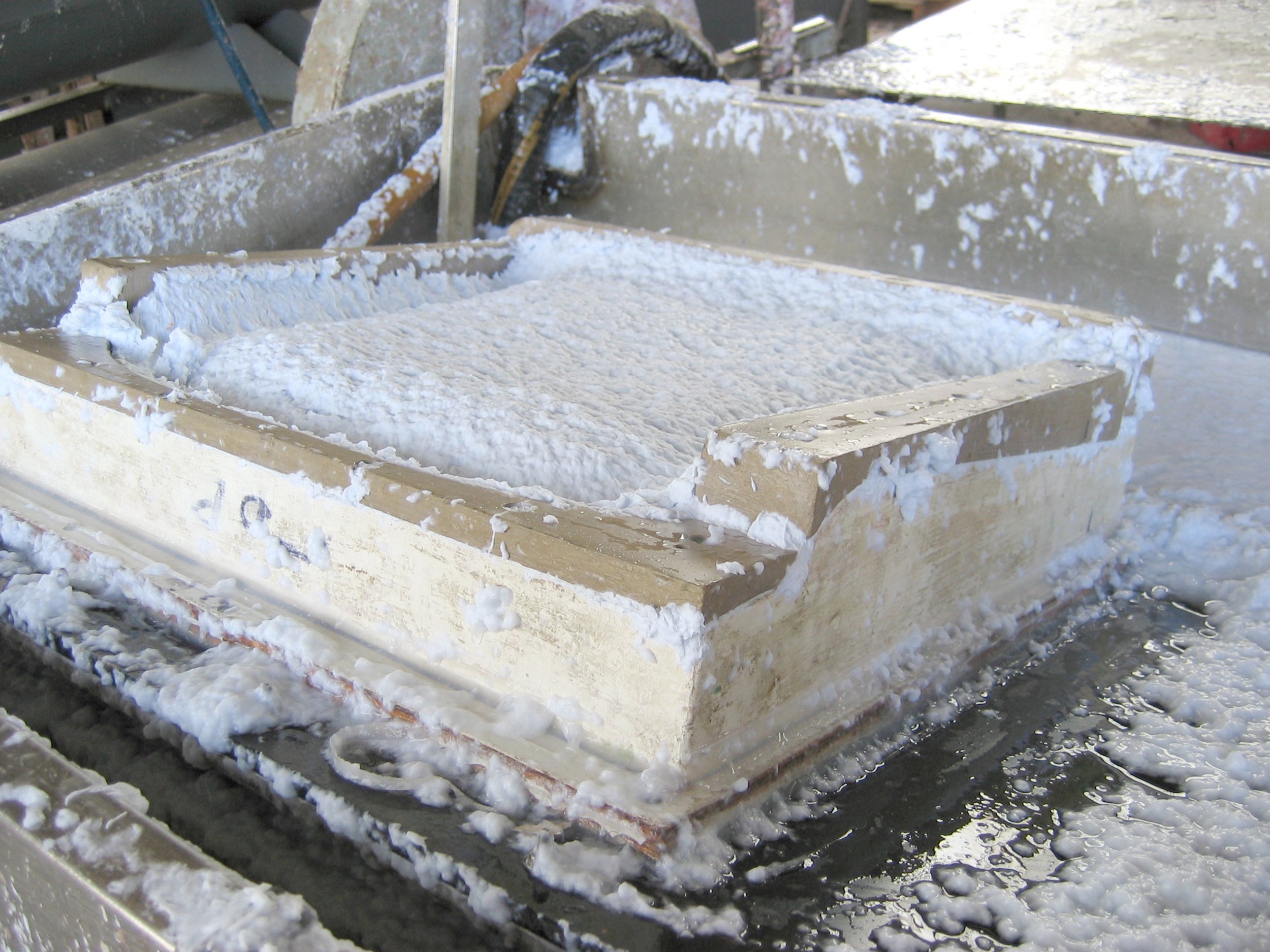

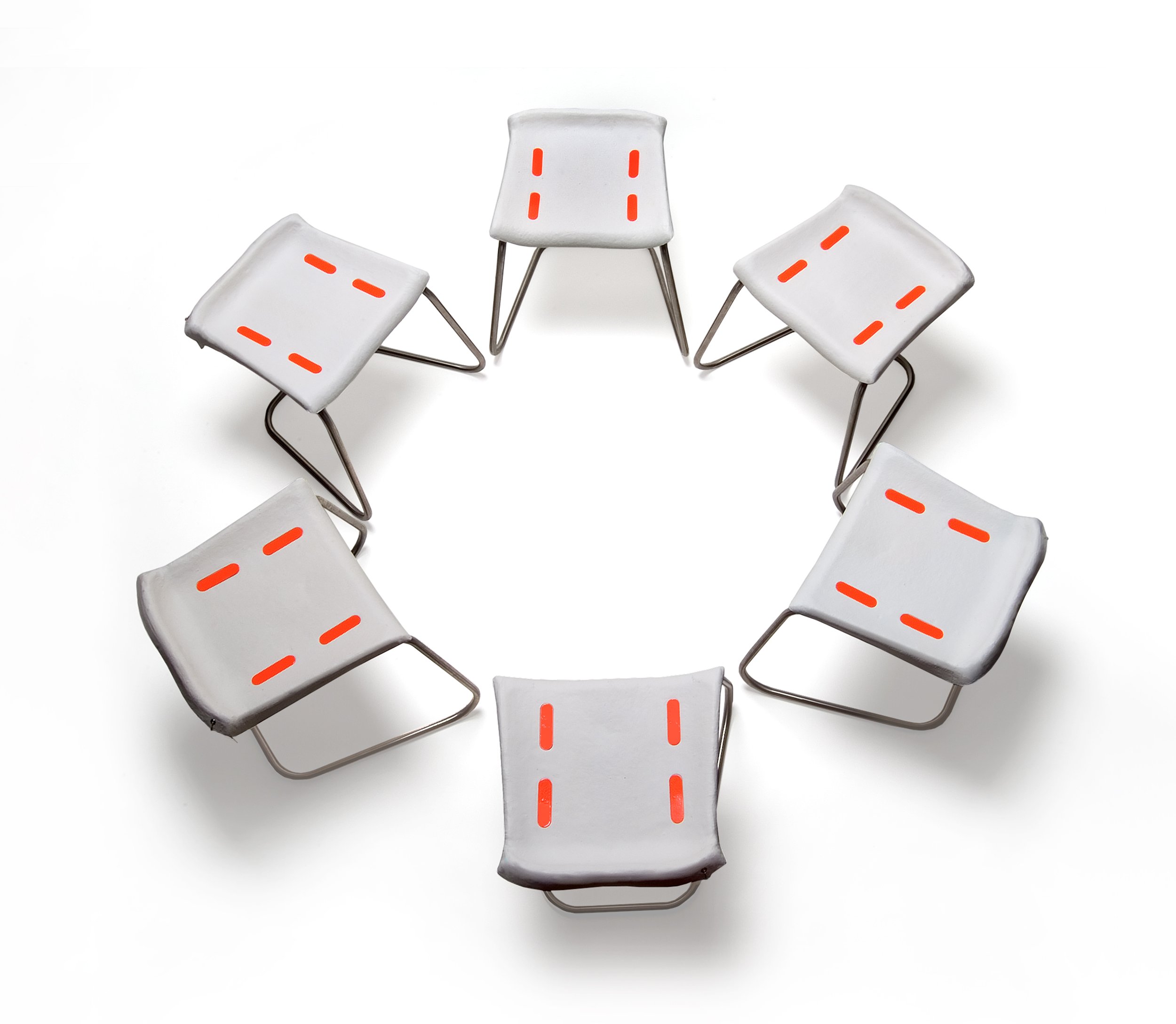
Repurposing Industry.
The production of the Upcycled Chair required repurposing materials and manufacturing processes for a novel outcome. Factories that traditionally make packaging products out of molded pulp were temporarily adapted to make the chairs seat, tube bending equipment for building subway railings were used to make seat frames and industrial metal fabricators made custom hardware. In the end manufacturers and materials were repurposed and evolved temporarily to create a more circular reality.
Links & Media.


